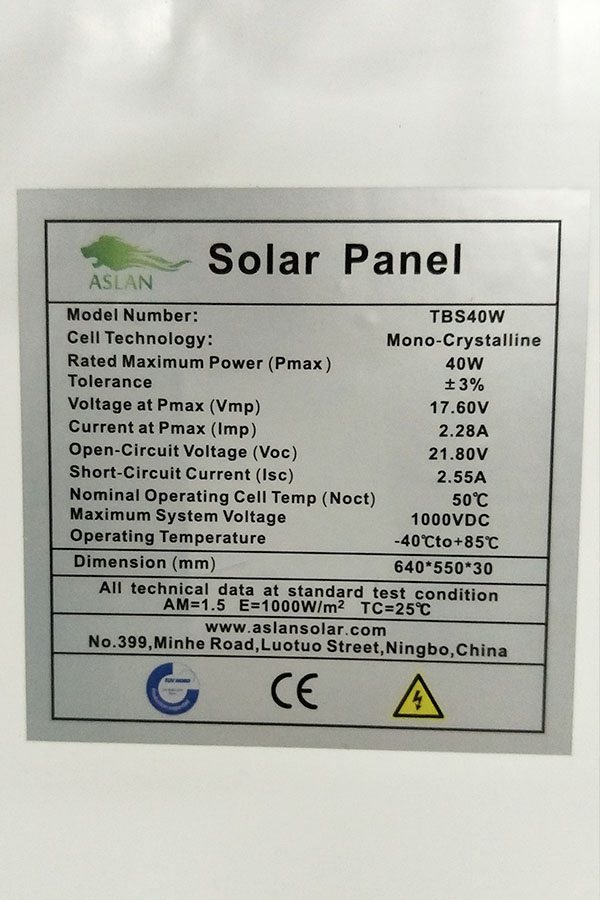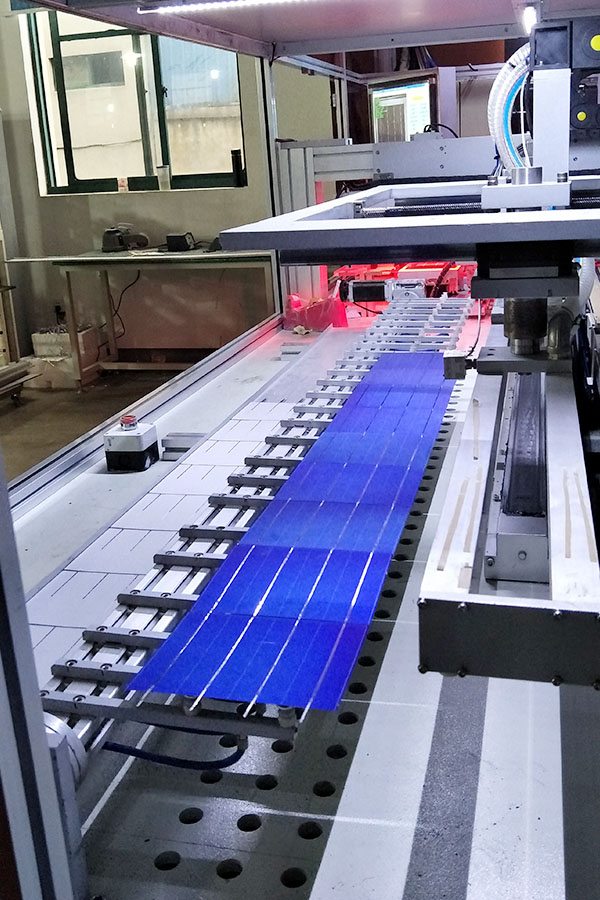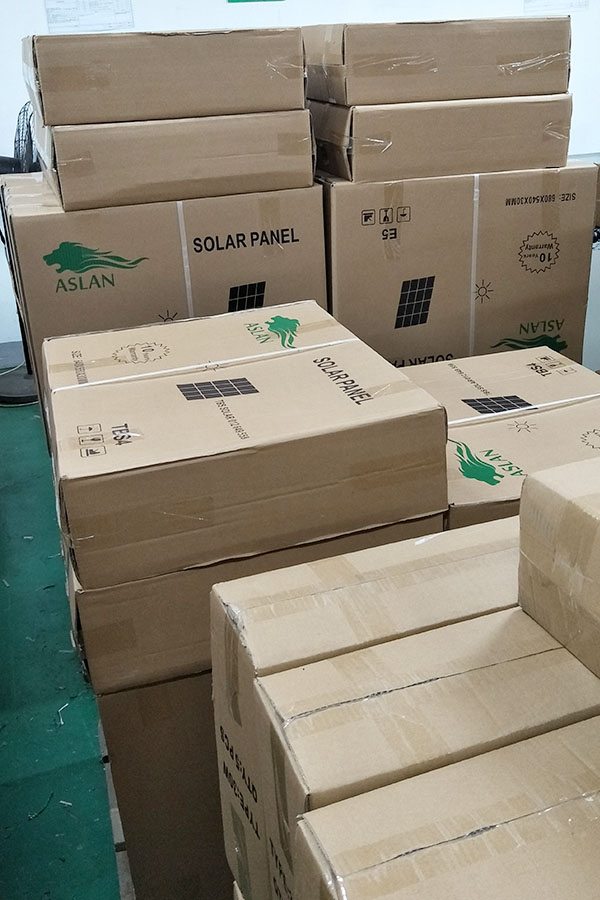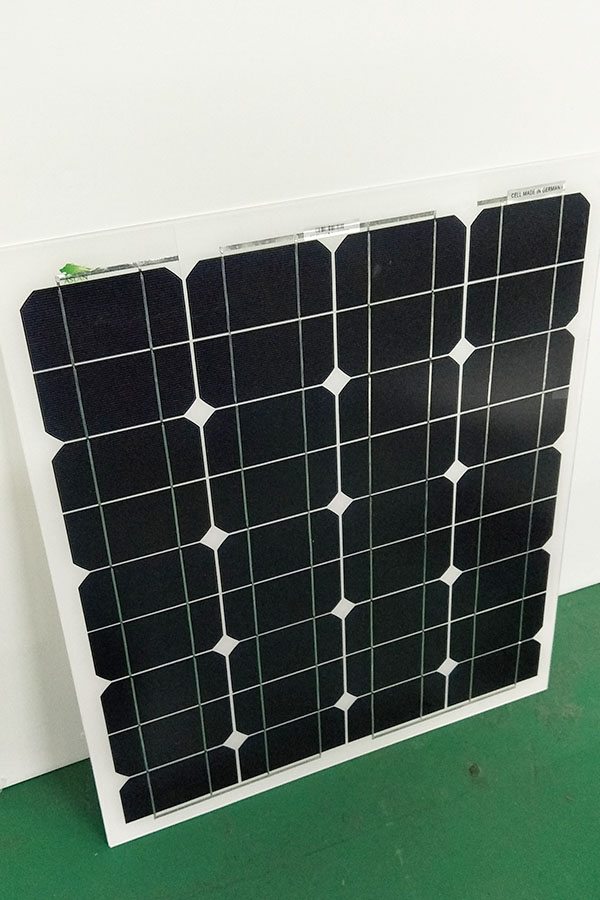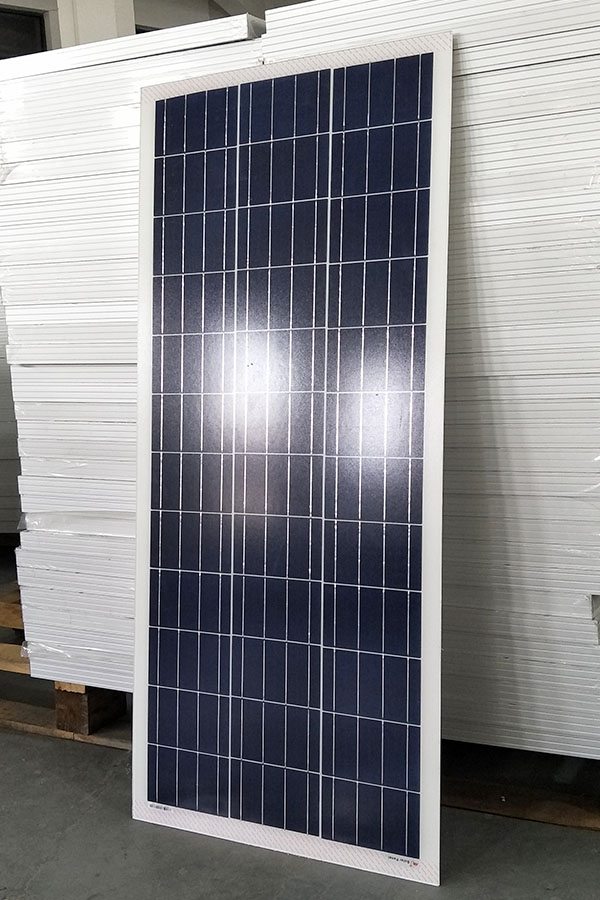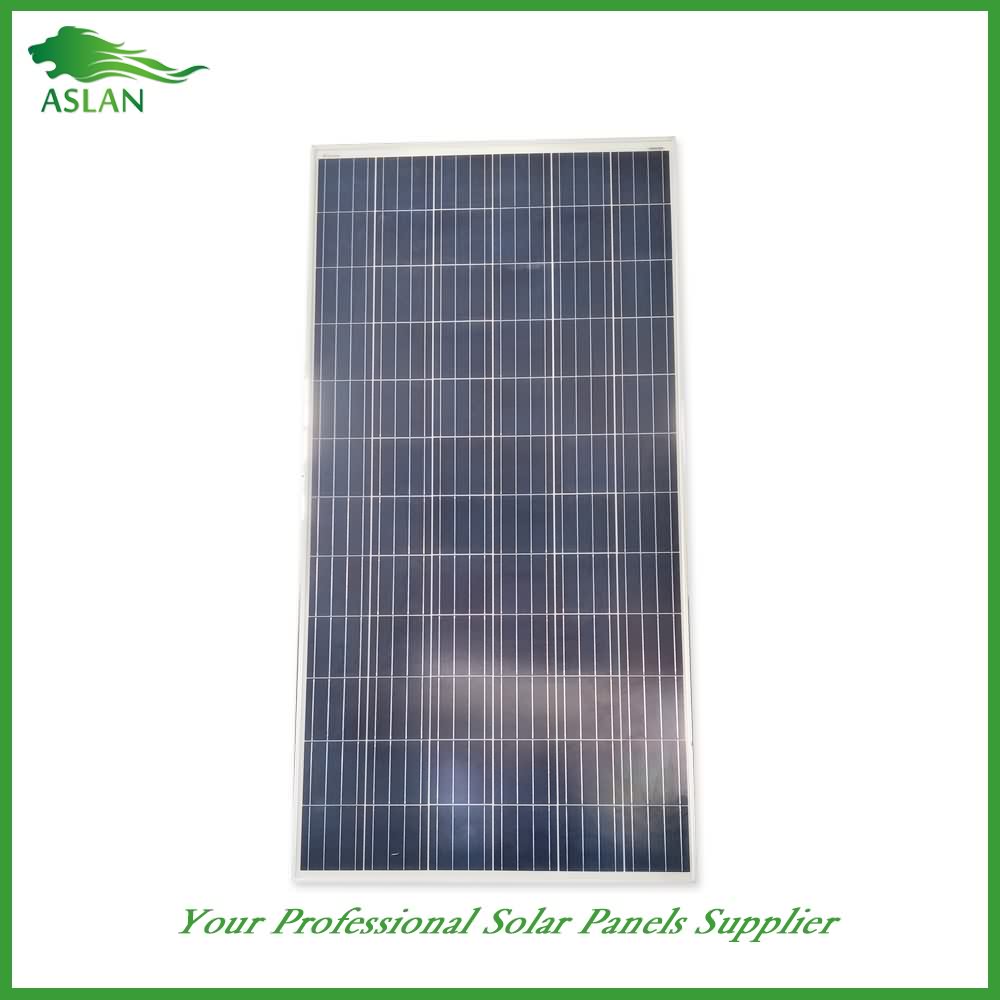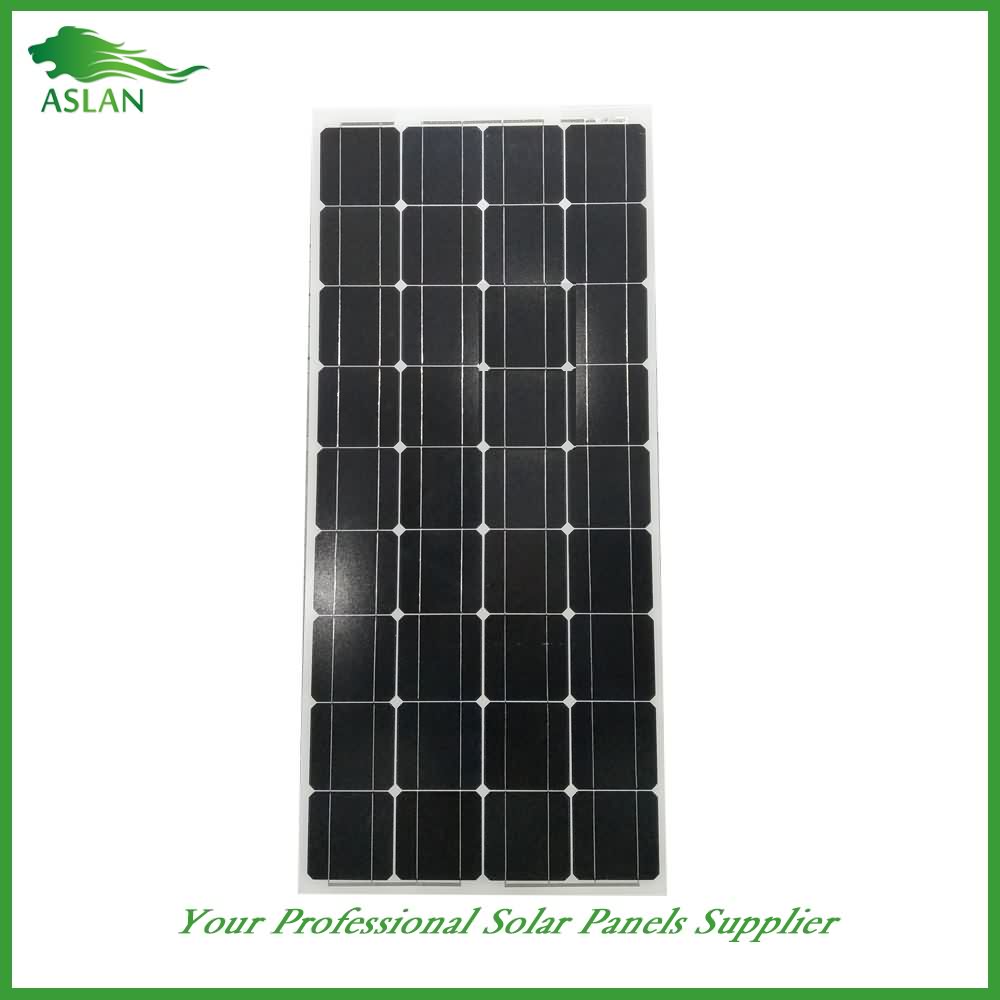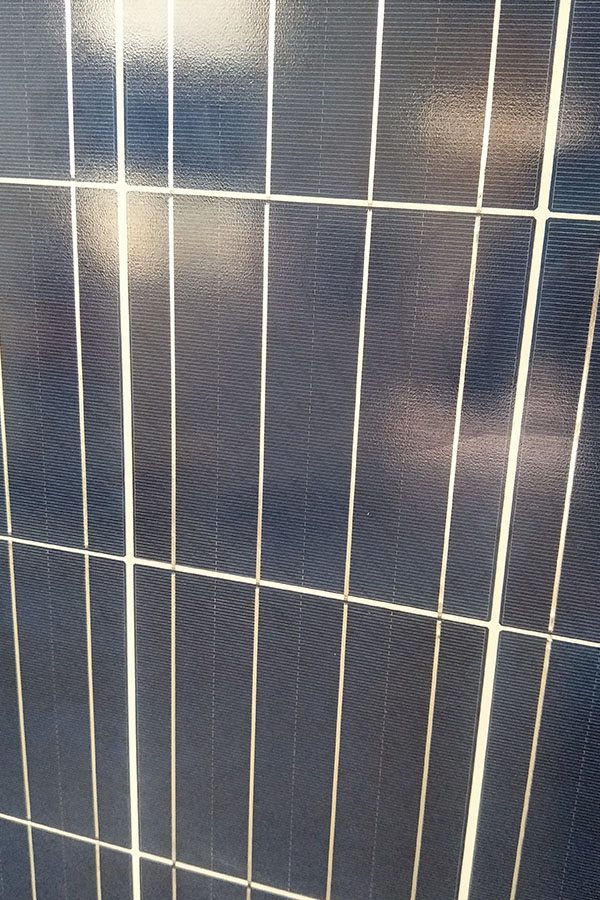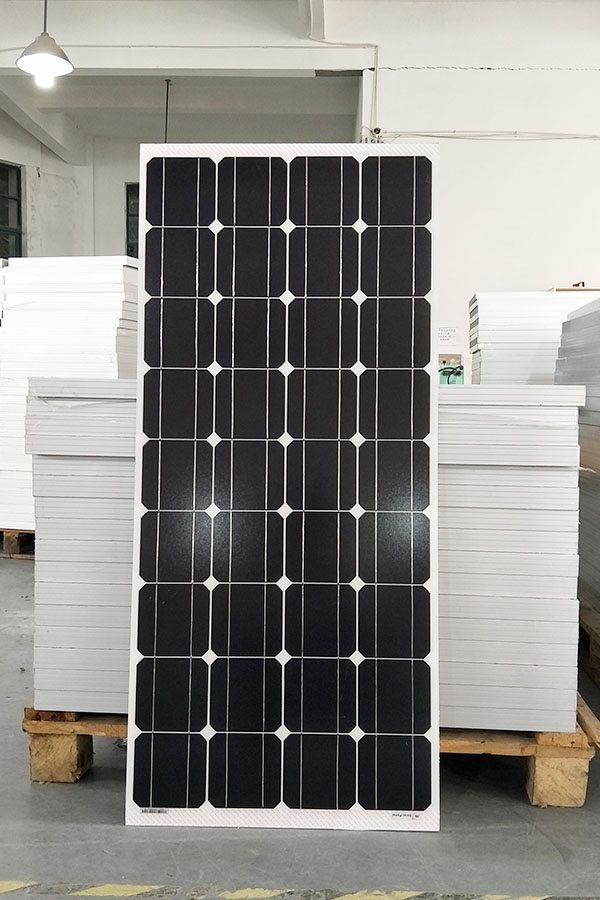29 Years Factory Poly-crystalline Solar Panel 80W to Montreal
Short Description:
We are proud of the high customer satisfaction and wide acceptance due to our persistent pursuit of high quality both on product and service for 29 Years Factory Poly-crystalline Solar Panel 80W to Montreal, Inspired by the rapid developing market of the fast food and beverage consumables all over the world , We are looking forward to working with partners /clients to make success together .
Poly-crystalline Solar Panel 80W
Technical parameter
Maximum Power(W) 80W
Optimum Power Voltage(Vmp) 18.13V
Optimum Operating Current(Imp) 4.70A
Open Circuit Voltage(Voc) 21.79V
Short Circuit Current(Isc) 5.16A
Mechanical Characteristics
Cell Type Poly-crystalline 156x104mm (6 inch)
No of Cell 36 (4x9pcs)
Dimensions 1008x678x35mm
Weight 8.3KGS
Front Glass 3.2mm,High Transmission, Low Iron,Tempered Glass
Junction box IP65 Rated
Output Cable TUV 1×4.0mm2/UL12AWG,Length:900mm
Temperature and Coefficients
Operating Temperature(°C): -40°C ~ + 85°C
Maximum System Voltage: 600V(UL)/1000V(IEC) DC
Maximum Rated Current Series: 15A
Temperature Coefficients of Pmax: -0.435%
Temperature Coefficients of Voc: -0.35%
Temperature Coefficients of Isc: 0.043%
Nominal Operationg Cell Temperature (NOCT): 47+/-2°C
Materials of solar panel
1).Solar Cell——Poly-crystalline solar cell 156*104mm
2).Front Glass——-3.2mm, high transmission, low iron, tempered glass
3).EVA——-excellent anti-aging EVA
4).TPT——-TPT hot seal made of flame resistance
5).Frame——anodized aluminum profile
6).Junction Box——-IP65 rated, high quality, with diode protection
Superiority: high quality anodized aluminum frame, high efficiency long life, easy installation, strong wind resistance, strong hail resistance.
Features
1. High cell efficiency with quality silicon materials for long term output stability
2. Strictly quality control ensure the stability and reliability, totally 23 QC procedures
3. High transmittance low iron tempered glass with enhanced stiffness and impact resistance
4. Both Poly-crystalline and Mono-crystalline
5. Excellent performance in harsh weather
6. Outstanding electrical performance under high temperature and low irradiance
Quality assurance testing
Thermal cycling test
Thermal shock test
Thermal/Freezing and high humidity cycling test
Electrical isolation test
Hail impact test
Mechanical, wind and twist loading test
Salt mist test
Light and water-exposure test
Moist carbon dioxide/sulphur dioxide
Photovoltaic panels are actually very well suited for the ocean because they are very easy to waterproof and because space is not a big issue. Solar arrays are presently a popular choice for providing power to surface buoys, but much of the energy also penetrates beneath the surface. There are great benefits to having devices that do not sit at the surface of the ocean. They are spared from the harshest wrath of passing storm wind and waves. They are unlikely to be hit by boats or get tangled in floating kelp. And they are covert, not visible to the general public or the opportunistic vandal.
The “Mola” is our proof-of-concept unmanned research vehicle named after a popular fish found off the coast of Southern California. Here we see the Mola demonstrating controlled underwater swimming via an off-the shelf solar panel converted with some clever flapping propulsion and control surfaces into a underwater vehicle. We configure the control surfaces so it continually dives as deep as it can absorb light. There are no batteries, the propulsion is entirely from underwater light.
The Mola is ballasted so it never surfaces. Its submerged panels were capable of converting up to 5% of the solar energy hitting the surface of the ocean, and that power delivery decreased linearly through the top 20 meters of the water column. Furthermore, amorphous silica, the least expensive and most durable semiconductor material, performed as well as or better than more expensive materials.


